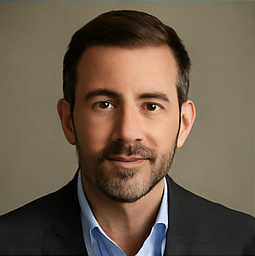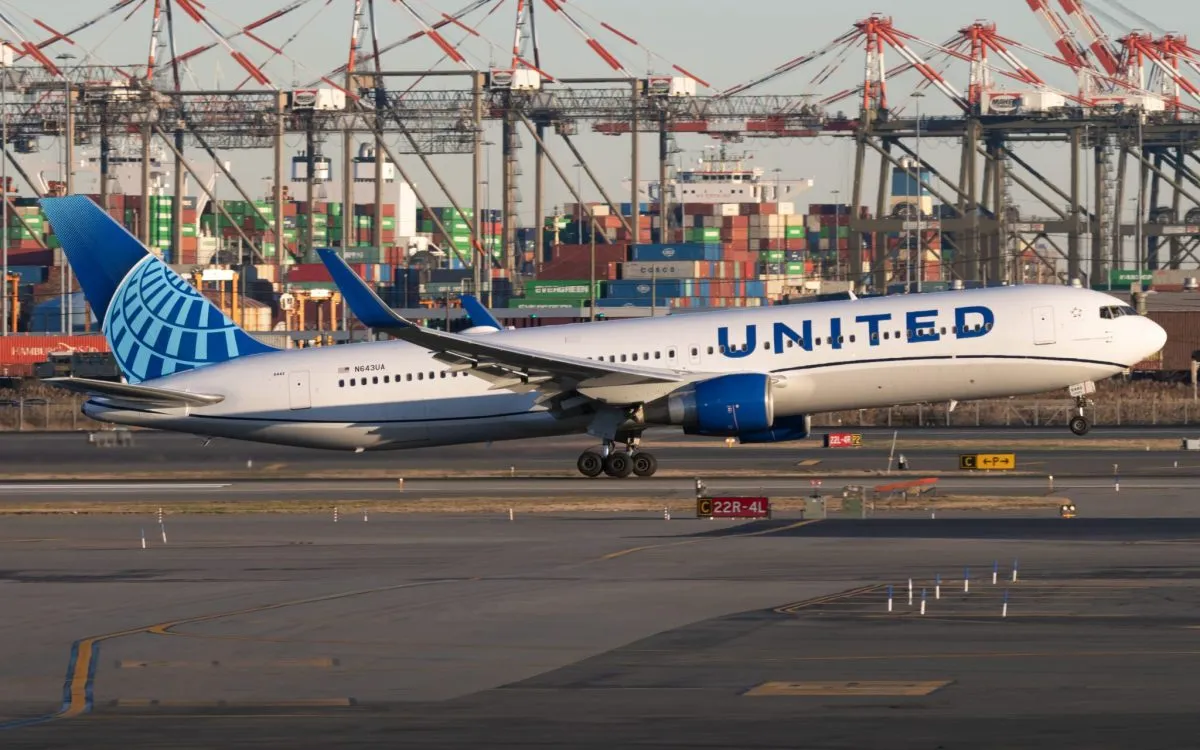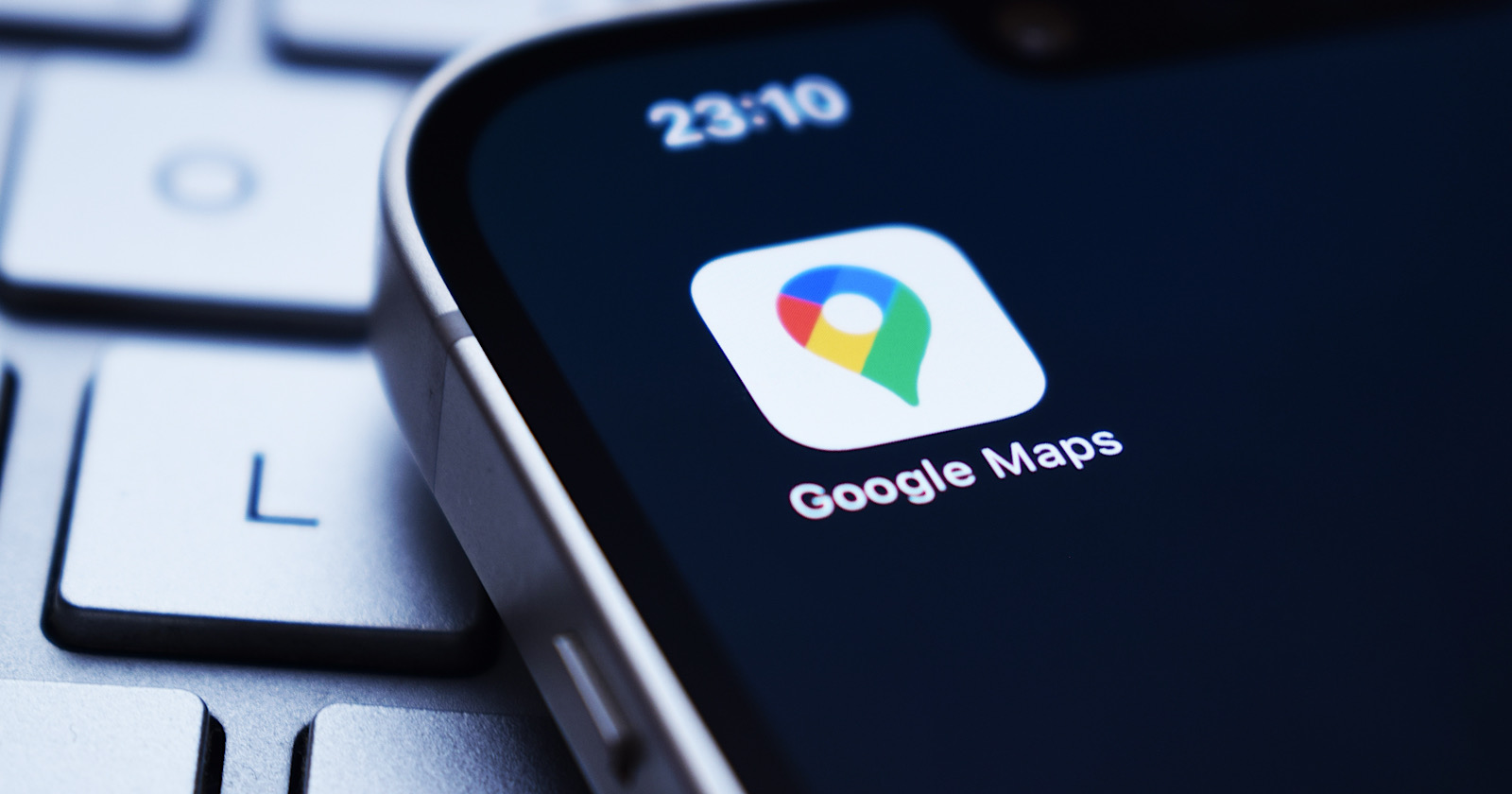Transformative Spending: My Journey Through a No-Buy Challenge

When I first encountered the no-buy challenge circulating on social media platforms, I was filled with skepticism. As someone who has spent years as a personal finance editor, I questioned whether a savings challenge could impart any new lessons about financial management that I hadnt already learned. However, amid whispers of an impending recession, I figured participating in a spending detox could offer some insights. Therefore, I decided to embark on a 30-day journey where I committed to purchasing only the essentials. What I discovered was not only surprising but also transformative.
Initially, I expected to save some money, but the experience evolved into something much deeperchanging my relationship with money in ways I hadn't anticipated. Furthermore, to my astonishment, the challenge proved to be enjoyable.
To clarify, a no-buy month does not equate to spending no money whatsoever. Essentials such as housing, food, and utilities are unavoidable expenses. Instead, the focus lies on being more mindful about budgeting for these necessities and making thoughtful decisions regarding nonessential purchases. Throughout my no-buy month, I adhered to the widely accepted guidelines found in various social media posts, which entailed distinguishing between what constituted necessities versus extras. I also tailored a few personal spending allowances, as depriving myself entirely felt counterproductive.
Heres a detailed outline of what I could and could not buy during the challenge:
- Things I could buy:
- Housing/utilities
- Car and home insurance
- Internet and phone bills
- Student loan payments
- Groceries and personal care items
- Emergency expenses (like urgent car repairs)
- Gas for my vehicle
- Personal allowances included:
- Expenses tied to events already scheduled (e.g. hosting a dinner party or attending a concert)
- Streaming services (limited to one for music and one for TV/movies)
- Charitable donations
- Things I couldn't buy:
- Dining out
- Entertainment options
- Unnecessary discretionary items (like clothing and concert merchandise)
- Repairs that I could manage myself
- Services I could do without professional assistance
Through this challenge, I discovered several key lessons about mindful spending.
Realizations from My Mindful Spending Journey
While I didnt expect the no-buy challenge to be a quick route to wealth, it turned out to be an enlightening experience that clarified my relationship with money and helped me establish healthier spending habits. Here are some of the insights I gained:
1. Convenience Comes at a Cost
By being deliberate with my spending, I grasped that I was often paying a premium to avoid tasks that I found tedious or annoying. For instance, I dislike grooming my dogs, and as a result, I would typically shell out nearly $100 for a professional dog grooming session. Instead, I dusted off a pet razor I had purchased months earlier and took the plunge. The results may not have qualified my pets for a grooming contest, but they were certainly acceptable.
Similarly, I realized that ordering food delivery was not just convenient but also costly. The price of a single Grubhub orderincluding delivery fees and tipscould cover an entire weeks worth of homemade dinners if I took the time to get creative in the kitchen.
2. Rediscovering Fun Beyond Paid Entertainment
My spending limitations forced me to seek alternative forms of entertainment, which led to a more enriching daily experience. I canceled all but one of my streaming services. Instead of mindlessly scrolling through countless options, I finally tackled the pile of craft projects and hobbies I had neglected for months. I engaged in adult coloring, completed puzzles, repotted plants, and even delved into audiobooks I had previously set aside.
These activities allowed me to reconnect with my creative side and step outside my routine, challenging my mind and hands in ways that were both fulfilling and refreshing.
3. Socializing Without Spending
I was surprised to find that many of my social interactions had revolved around spending money. Dinners, drinks, and events with friends often came with a hefty price tag. I rediscovered the joy of hosting board game nights and dinner parties at home, which turned out to be more enjoyable than crowded restaurants. It was enlightening to learn that many of my friends shared this sentiment, and now I dont feel pressured to indulge in costly outings just to maintain friendships.
4. Emotional Value Over Materialism
One unexpected benefit of the no-buy challenge was the clarity it provided regarding my priorities. By cutting back on trivial spending, I created space in my budget for experiences that held true emotional value. For example, I initially hesitated to attend my partners out-of-town surprise party, but I recognized that it was an opportunity to connect with his friends and explore his past haunts. Such experiences felt worth it, especially since I had already adjusted my spending in other areas.
5. A Boost to My Savings
Ultimately, this no-buy experiment resulted in a savings boost. I managed to reduce my usual monthly expenses by over $100, and I promptly allocated that money into my savings account to bolster my emergency fund.
Even though Im no longer strictly adhering to the challenge, the changes in my spending habits remain. I no longer order takeout impulsively, pay for movies out of habit, or click buy now without a second thought. My no-buy month proved to be the reset I needed, enhancing my life far beyond just financial gains. All things considered, I would classify this endeavor as a resounding success.





















